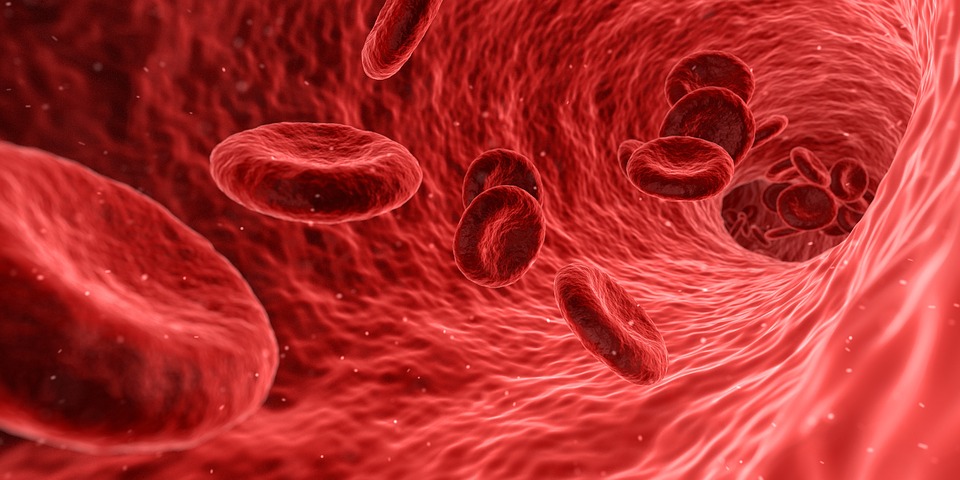There are many causes of low HB, one of which is having certain medical conditions such as anemia, cancer, and cirrhosis. Experiencing bleeding in one of the organs can also trigger a decrease in HB.
Blood in our bodies consists of various components, one of which is hemoglobin (Hb). Hemoglobin is quite familiar, right? Hb has an important role in the body. This blood component is responsible for binding oxygen in the blood and carrying it throughout the body. Its role is crucial, isn't it?
So, what happens if the body lacks hemoglobin? The body will experience anemia, which can lead to a series of other disorders. In short, for the body to function properly, the Hb levels in the blood must be within the normal range.
For adult males, normal Hb levels range from 14–18 g/dL (grams per deciliter). For adult females, the range is 12–16 g/dL. A person can be said to lack hemoglobin if the levels are lower than the normal limit.
The question is, what conditions or diseases can cause hemoglobin levels to drop in the body? Check out the complete review below.
From Anemia to Thalassemia
The amount of hemoglobin or red blood cells that is too low is often associated with certain conditions or diseases. The following diseases can cause low hemoglobin levels:
- Aplastic anemia
- Cancer
- Consumption of certain medications, such as antiretroviral drugs for HIV infection and chemotherapy drugs for cancer and other conditions
- Cirrhosis (scarring of the liver)
- Multiple myeloma
- Hodgkin's lymphoma (Hodgkin's disease)
- Hypothyroidism (underactive thyroid)
- Iron deficiency anemia
- Myelodysplastic syndrome
- Vitamin deficiency anemia
- Chronic kidney disease
- Non-Hodgkin's lymphoma
- Lead poisoning
- Leukemia
In addition, there are several diseases that can cause the body to destroy red blood cells faster than usual, leading to low hemoglobin levels. These diseases include:
- Splenomegaly (enlarged spleen)
- Hemolysis
- Porphyria
- Sickle cell anemia
- Vasculitis (inflammation of blood vessels)
- Thalassemia
Low hemoglobin levels can also be caused by blood loss due to:
- Bleeding from injury or surgery
- Bleeding in the digestive tract due to hemorrhoids or cancer
- Bleeding in the urinary tract
- Menorrhagia (heavy menstrual bleeding)
- Frequent blood donation
How to Address Low Hemoglobin Levels?
Address the Cause
Basically, the treatment for low hemoglobin is adjusted to its cause. One way is by changing dietary intake. Someone with low hemoglobin needs to consume foods rich in iron, vitamin B12, and folate. These nutrients play an important role in the production of red blood cells rich in hemoglobin.
Examples of iron-rich foods include beef, dark leafy green vegetables, dried fruits, and nuts. These foods can prevent anemia caused by a deficiency in iron or vitamins. For more details, you can also read this article: 4 Foods That Can Increase Hemoglobin
Besides dietary intake, addressing low hemoglobin can also be done through blood transfusions. This is usually done in patients with sickle cell anemia, thalassemia, or severe anemia when Hb levels drop far below the normal limit.
Finally, low hemoglobin can also be addressed through erythropoietin therapy. This therapy aims to stimulate the production of red blood cells. It is usually performed on patients with anemia due to severe kidney disease.

Post a Comment for "Be Careful, These Diseases Can Cause Low Hemoglobin (HB)"